Stimulus: Rates cut again to push growth
Economists suggested on Tuesday that China should continue to cut interest rates, increase direct fiscal support to households and the corporate sector, and further ease the property sector, to ensure stable economic growth as key economic indicators pointed to weakening recovery momentum in the world's second-largest economy.
Warning of a range of challenges dragging on China's growth outlook, such as disinflationary pressures, the real estate slump and slowing external demand, they called for immediate stepping up of countercyclical adjustments to boost market confidence and consolidate the recovery trend.
National Bureau of Statistics data showed on Tuesday that year-on-year growth in July's fixed-asset investment, industrial output and retail sales all slowed from the previous month.
The industrial output grew by 3.7 percent in July from a year earlier after a 4.4 percent rise in June. Retail sales grew by 2.5 percent year-on-year in July, down from 3.1 percent in June.
Fixed-asset investment in the January-July period grew by 3.4 percent compared with a year earlier, while in the January-June period, it jumped 3.8 percent year-on-year, NBS data showed.
Luo Zhiheng, chief economist at Yuekai Securities, said though the economy continued to recover in July, the economic momentum is weakening.
He said that China now faces mounting pressures from insufficient demand and weak confidence with a confluence of problems including flagging exports, the crisis-ridden property sector, sluggish consumer spending and souring private investments.
According to Luo, both stepped-up countercyclical adjustments and reform measures are needed to consolidate the recovery trend.
He said that it is advisable for the government to take further steps to stabilize the economy, such as speeding up the issuance of local government special bonds, further reductions in the reserve requirement ratio and interest rate cuts.
More efforts are needed to guide commercial banks to better support property firms in terms of easing burdens, easing home-buying restrictions for both first-time homebuyers and people wanting to buy a second house in first-tier cities and expanding effective services offerings to fully unleash the potential of consumer spending.
Louise Loo, lead economist at British think tank Oxford Economics, said that the July activity data underscored a weak underlying investment appetite following a fast fading opening boost, production and manufacturing coming under continued pressure from poor global demand for Chinese goods and destocking pressures as well as a growing confidence crisis associated with the property sector.
Amid concerns over a faltering economic momentum, the People's Bank of China, the nation's central bank, unexpectedly cut key policy rates on Tuesday for the second time since June, signaling the latest push for China's ramped-up monetary easing efforts to prop up growth.
The PBOC cut the interest rate of the medium-term lending facility operations — a key interest rate bench mark — by 15 basis points to 2.5 percent. It also cut the seven-day reverse repo rate by 10 basis points to 1.8 percent.
"We now expect the authorities to follow through with 15 basis point cuts to the one-year and five-year loan prime rates next week, on Aug 21. That could offer some temporary relief to household loan growth, as we'd seen with the June cuts," said Loo from Oxford Economics.
China has already pledged efforts to consolidate the recovery trend. It has recently rolled out a raft of policy measures to bolster the private sector and spur consumption.
While the positive impact of easing measures announced recently is yet to show up on the data, Loo said that more government support is necessary to turn around the low confidence levels, such as fiscal transfers to households and private businesses, productive investments in green technology and high-end manufacturing.
When it comes to the proper easing measures, Loo said there is still room for further property sector easing, particularly in first-tier cities where demand is relatively robust.
Meanwhile, Loo said that in the near-term, there are a few drivers that could nudge the numbers up in the rest of the second half.
The mild fiscal consolidation in the first half is likely to give way now to fiscal accommodation, given that local governments are now reportedly being given a September deadline for meeting their annual local government special bond issuance quotas, with an upsized quota also possible in the fourth quarter, Loo said.
During a news conference held in Beijing on Tuesday, NBS spokesman Fu Linghui said that despite challenges and pressures ahead, China will likely sustain steady economic recovery in the second half of the year given the gradual improvement in demand, the external environment, the development of emerging sectors, continued industrial upgrading and policy measures gradually taking effect.
Looking ahead, Zhou Maohua, an analyst at China Everbright Bank, expected to see more stimulus measures in the following months, saying the focus will be on boosting consumer spending, stabilizing the property sector and foreign trade.











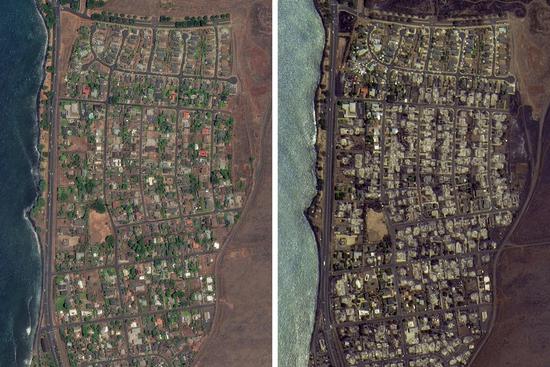




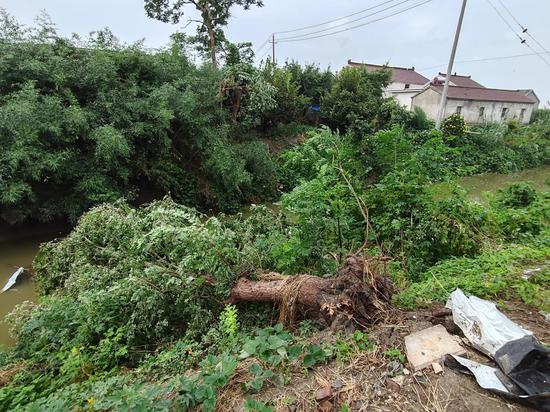


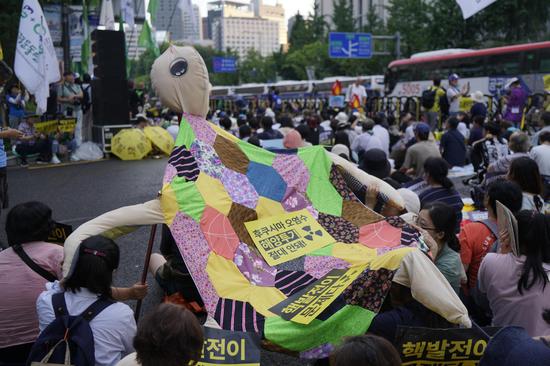








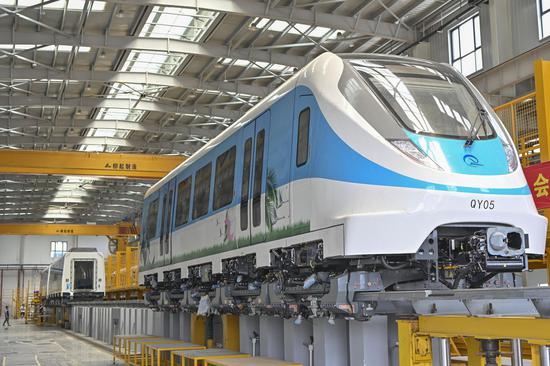
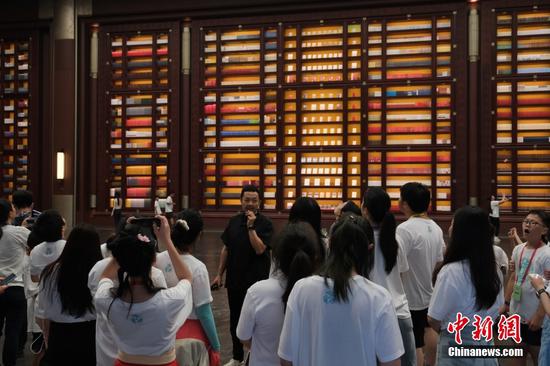




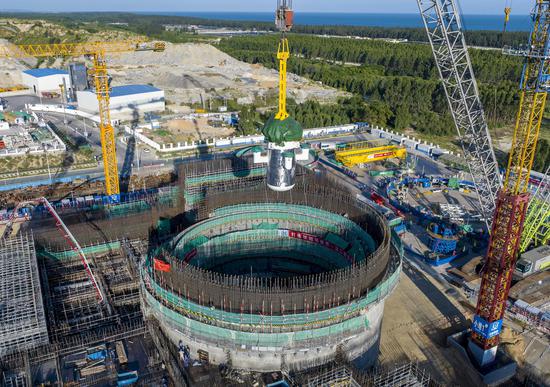








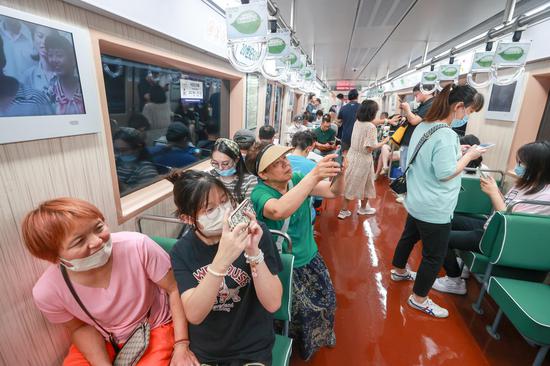






 京公网安备 11010202009201号
京公网安备 11010202009201号